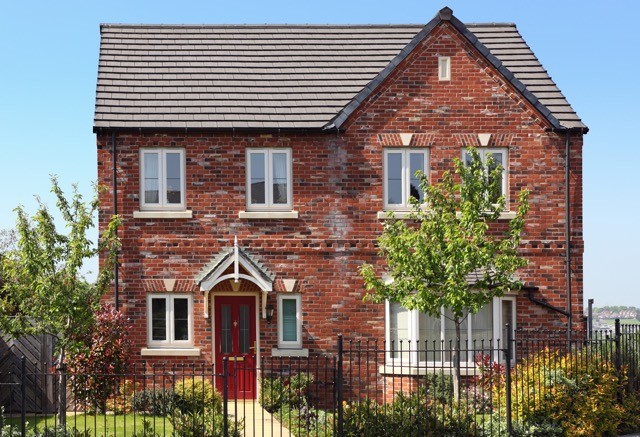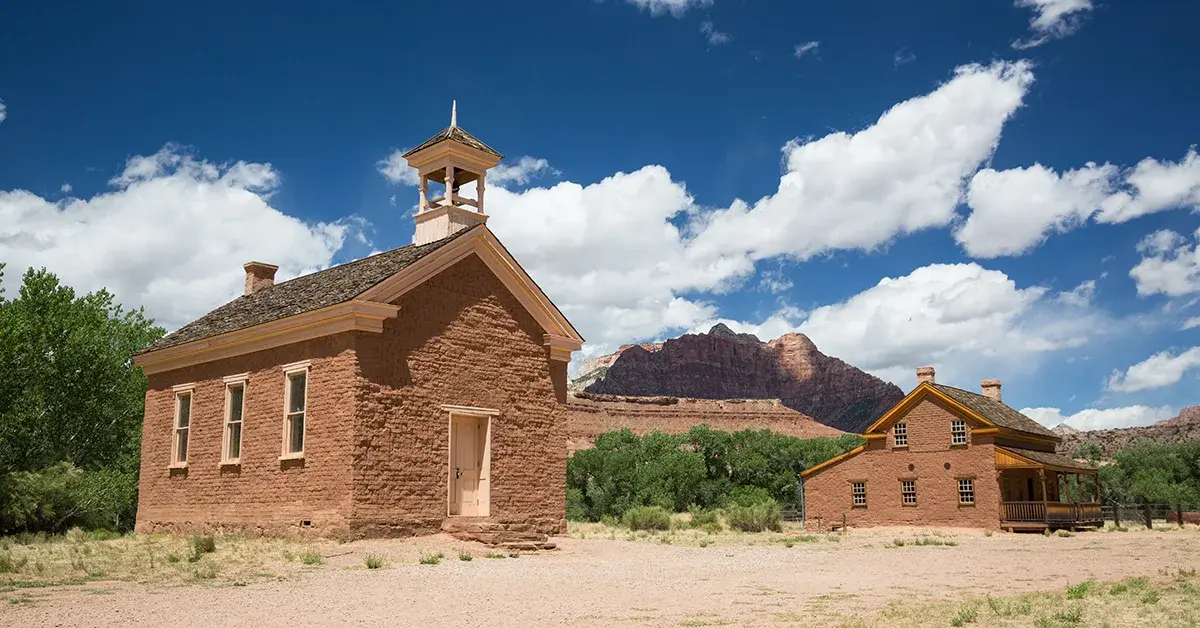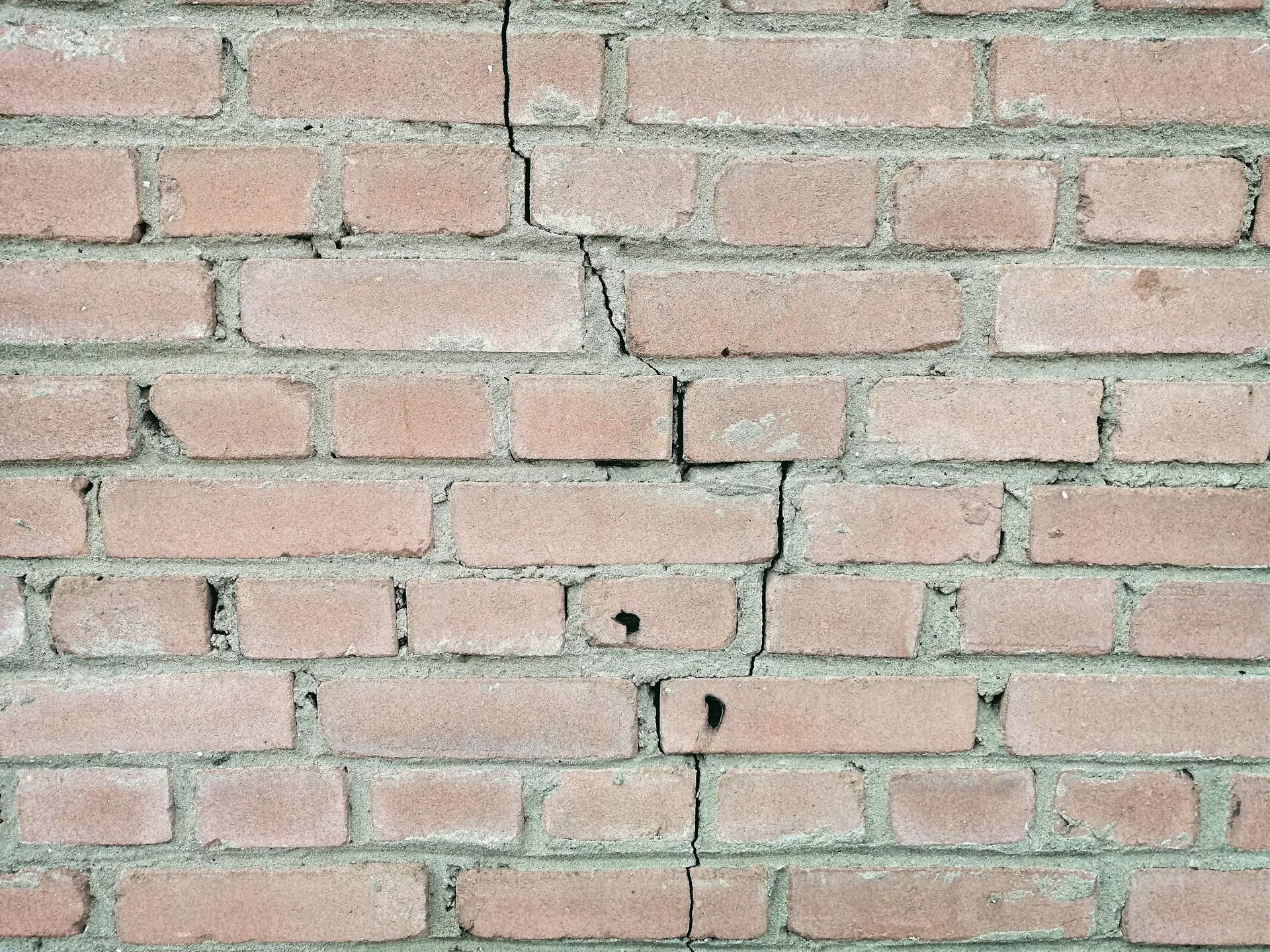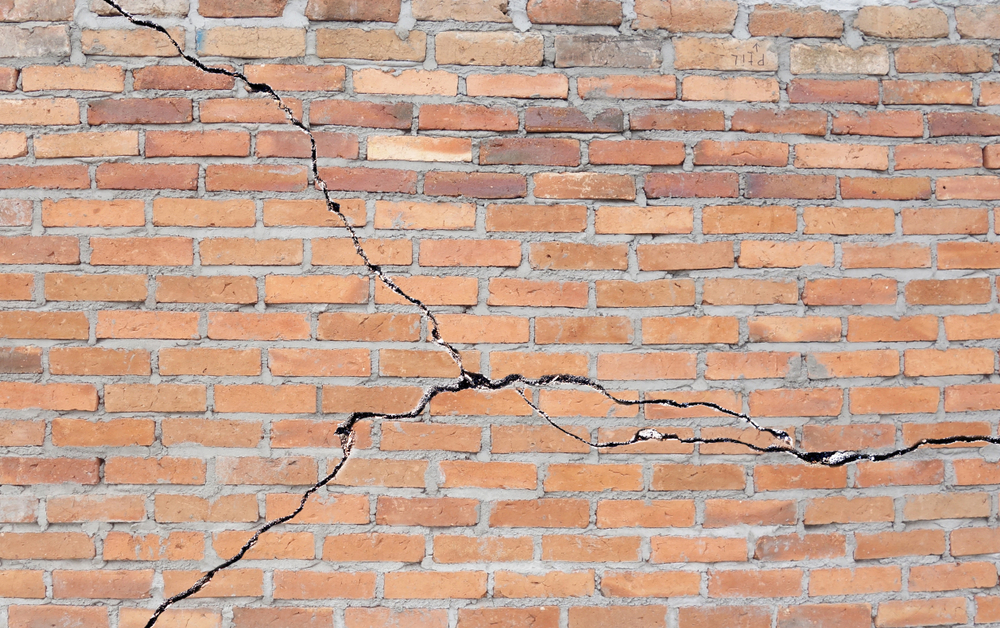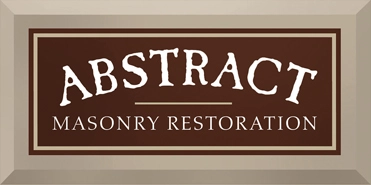The history of any building is inseparable from its structure. It is more obvious in historic masonry that it can serve generations and transcend centuries without losing its identity when properly preserved.
Unfortunately, preserving historic masonry is a delicate and often tedious process that requires a lot of thought and time-consuming work. Doing any less can cause your home to deteriorate — fast. To maintain the beauty and integrity of historic masonry, here is what you need to do:
3 Methods of Preserving Your Home’s Historic Masonry
1. Assessment
Any preservation effort of historic masonry should start with an in-depth assessment of the building. “Masonry” itself is an umbrella term that includes very different materials, and designs, the most common include:
- Brick
- Mortar
- Stucco
- Concrete blocks
- Stones
- Marbles
You can’t hope to keep the building in optimal condition without knowing the original idea behind the structure and functions of its units. Some crucial factors you need to check are:
- Historical Investigation: The delicate nature of historic masonry requires a thorough knowledge of the history of your home. Knowing the period of construction will help understand the craftsmanship and inner workings of the building. You should also dig for the original blueprint and repair records.
- Condition Assessment: You need to check the integrity of the building as it identifies factors that are causing or can cause degeneration or breakdown. This should include checking for cracks, scaling, spalling, and water leaks. Water is the most implicated source of damage to masonry. Therefore, you have to ensure that the building is not affected.
- Materials, Designs, and Systems: The smallest of differences between materials, design, and systems can have huge impacts on the overall architecture of your home. It is vital to know, for example, the kind of mortar used for the construction,
You can find out most of this information by interviewing your neighbors if they have houses with a similar design or architecture, browsing through the local libraries, and asking the maintenance staff. The information you get here will inform you on where to start your preservative efforts, what to avoid, and where to focus.
2. Cleaning
Any building that has been standing for over 50 years is sure to have accumulated its fair share of dust and dirt. And there is the tireless moss and mold that make occasional appearances. Getting rid of these elements, and more importantly, creating a routine to clean them regularly is the cheapest and easiest method to preserve your historic masonry home.
You should be put the following in mind when cleaning historic masonry:
- Water washing: water generally goes well with washing masonry. Pressure washing can be used, but the water should be kept at low-medium pressure depending on the type of material you are washing. You can pair this up with bristles to remove mosses or tough stains.
- Using detergents: To get some stains or graffiti off, you might need a stronger agent in detergents. This is where you have to be careful. Non-ionic detergents work wonders on soiled walls and are not as abrasive as other soaps.
- Chemical Cleaners: Oil stains and graffiti will often demand the use of more aggressive chemical-based cleaners. However, using any chemicals on historic masonry is walking a thin line, as you can easily discolor or damage your building with them. Alkaline and organic solvents are softer, but you should avoid using any chemical that your masonry is sensitive to.
You should avoid using any physically thorough cleaning process on historic masonry buildings. Stay clear of abrasive methods like sandblasting or using grinders. The research here goes into more detail on the effect of abrasive cleaning techniques on historic masonry.
3. Repairs
Regardless of how good the artistry or the material in any masonry building is, there will come a time when it succumbs to cracks and needs to be repaired. You will often need to replace worn mortar with new ones, a delicate Tuck-pointing process. This part will require a professional to make a new but similar mortar to the one originally used in the construction of your home.
The art in masonry is refined and fragile. So both construction and repairs have to be done by hand. Using power tools will leave the building vulnerable to water and other agents and cause more breaks and cracks at the moment. Repairs have to be done by hand.
Conclusion
Historic masonry in a home is beautiful and elegant and can be properly maintained using careful and gentle processes. The number one enemy to their structure is water, so ensure that your gutters are clear, fix leaky roofs, and consider adding a layer of protection on the floors.


